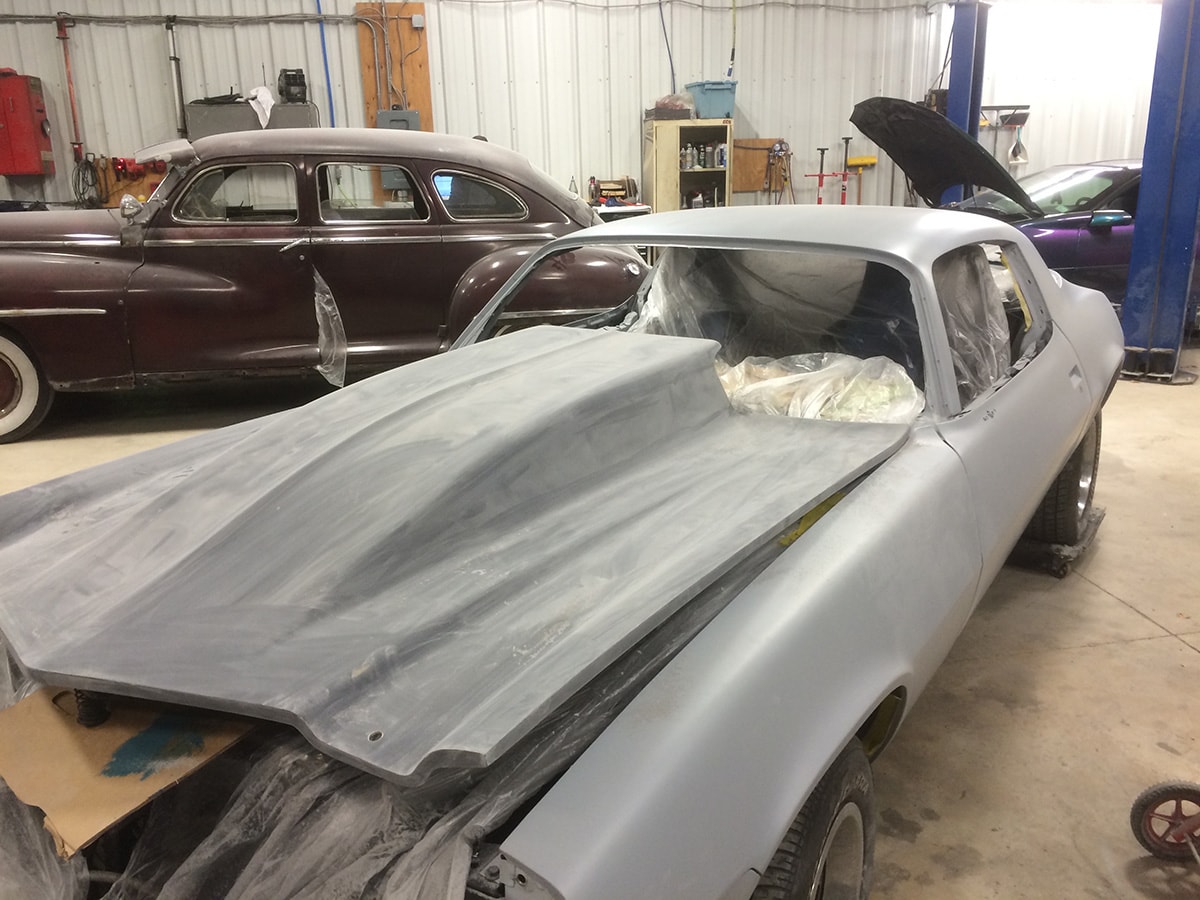In the automotive realm, sometimes it’s a good idea to take a closer look at the type of shops and work they perform to make the right choice for your vehicle needs. In this post, we’re looking at two distinct types of workshops: collision shops and restoration shops. These establishments have evolved significantly from the days when you’d take your classic car to a local mechanic for repairs. Now you’re going to want to be sure you’re getting it to the right hands for cost, turnaround, and expertise.
Let’s look a bit closer into their differences, their unique focuses, and why they’ve diverged so dramatically today.
Collision Shops: Where Efficiency Meets Insurance
Think of collision shops today as the bustling hubs of modern automotive repair. When your car meets an unfortunate fate—whether it’s a fender bender or a more serious collision—these shops come to the rescue. They specialize in fixing problems related to a car’s exterior and non-moving parts. Their mission is to restore your vehicle to its pre-accident condition. Common repairs include dent removal, car paint restoration, bumper replacements, and windshield fixes. Most also operate like well-oiled machines. They handle a high volume of vehicles, aiming for speed and cost-effectiveness. Why? Because they often deal with insurance work, where fast turnaround times are crucial.
Top-rated collision shops also employ certified and trained technicians who understand the intricacies of diagnosing and fixing various vehicle issues. Their expertise ensures that your car’s exterior looks as good as new. But they rarely take on rust repair work. Why? Because they’re expected to perform rapid repairs, and rust repair is a different beast altogether. It involves meticulous sanding, welding, and rust-proofing—a process that doesn’t really align with this fast-paced workflow.
Restoration Shops: Where Craftsmanship Reigns Supreme
Now, let’s step into the world of restoration shops, our forte – where time slows down a bit, and passion fuels every project.
Restoration facilities are like museums for cars. Their primary goal is to preserve the authenticity of classic and vintage vehicles. Whether it’s a ’67 Mustang or a ’55 Chevy Bel Air, these shops treat each car as a piece of automotive history. Restoration work is a labor of love. Technicians meticulously disassemble, repair, and reassemble every component. The focus is on authenticity and precision. Original parts are painstakingly sourced or meticulously replicated.
Unlike collision shops, restoration projects take time—every nut, bolt, and trim piece matters.
The end result? A car that transports you back in time, evoking nostalgia and admiration. Plus, restoration shops can embrace rust repair. They understand that classic cars often suffer from rust due to age and neglect and they allocate the necessary time and resources to address rust properly. Sandblasting, welding, and rust-proofing are part of the meticulous process.
Whether you’re chasing efficiency or authenticity, remember that behind every wrench turn lies a love for cars—a love that transcends time and trends.




